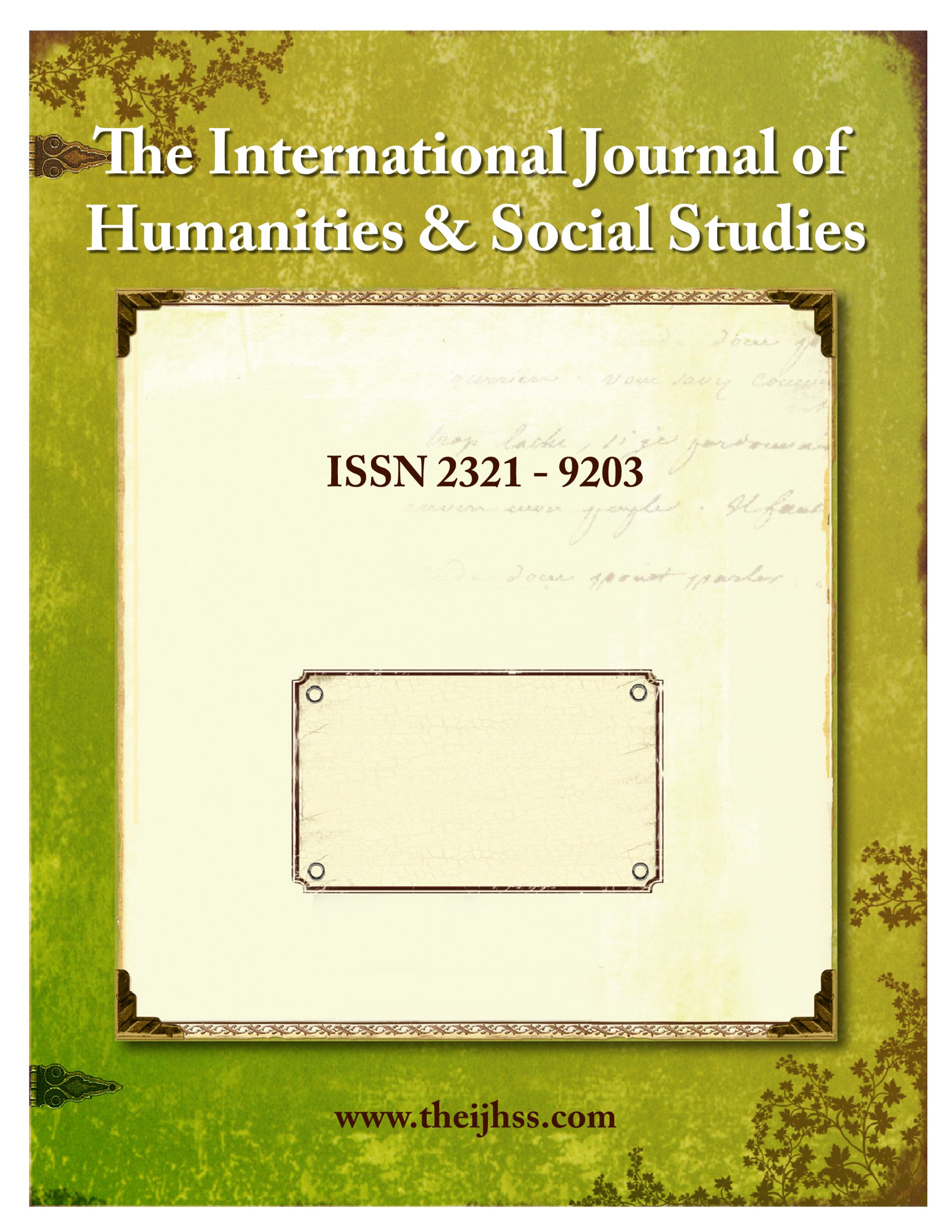The peer review process is a crucial component of academic and scientific publishing. It involves the evaluation of research papers, articles, or manuscripts by experts in the same field as the author (peers) to ensure the quality, validity, and originality of the work before it is published. If anyone wants to get published in a distinguished international journal, they need to know the process thoroughly. Here are ten points to explain the peer review process:
- Submission: The author submits their research paper or manuscript to a reputable academic journal or conference. The submission typically includes the manuscript, references, figures, and other supplementary material.
- Editor Assessment: The journal’s editor or conference organisers review the submission to ensure it meets the basic criteria for submission, such as adherence to the journal’s scope and guidelines.
- Reviewer Selection: The editor selects independent and qualified reviewers with expertise in the subject area of the submitted work. Reviewers are often researchers or scholars who have published in the same field.
- Review Process: Reviewers critically evaluate the submission for accuracy, originality, methodology, relevance, and overall quality. They assess the strengths and weaknesses of the work.
- Blind Peer Review: In many cases, the peer review process is “double-blind,” meaning that both the reviewers and the authors are anonymous to each other. This helps ensure unbiased evaluations.
- Reviewer Reports: After reviewing the manuscript, reviewers provide detailed feedback, comments, and recommendations to the editor. They may suggest revisions, point out errors, or request additional information.
- Decision Making: Based on the reviewer reports, the editor makes an informed decision on whether to accept the manuscript for publication, request revisions, or reject it. The decision is communicated to the author.
- Revisions: If revisions are requested, the author makes the necessary changes to address the reviewers’ comments and concerns. The revised version is then resubmitted for further evaluation.
- Final Acceptance: Once the manuscript meets the journal’s standards and satisfies the reviewers and editor, it is accepted for publication.
- Publication: The accepted manuscript undergoes final editing and formatting before being published in the academic journal or presented at the conference. The peer-reviewed status indicates that the work has been rigorously evaluated by experts in the field.
The peer review process helps maintain the quality and credibility of research work and prevents the dissemination of inaccurate or flawed research, and fosters scientific progress through constructive feedback and collaboration among researchers.












